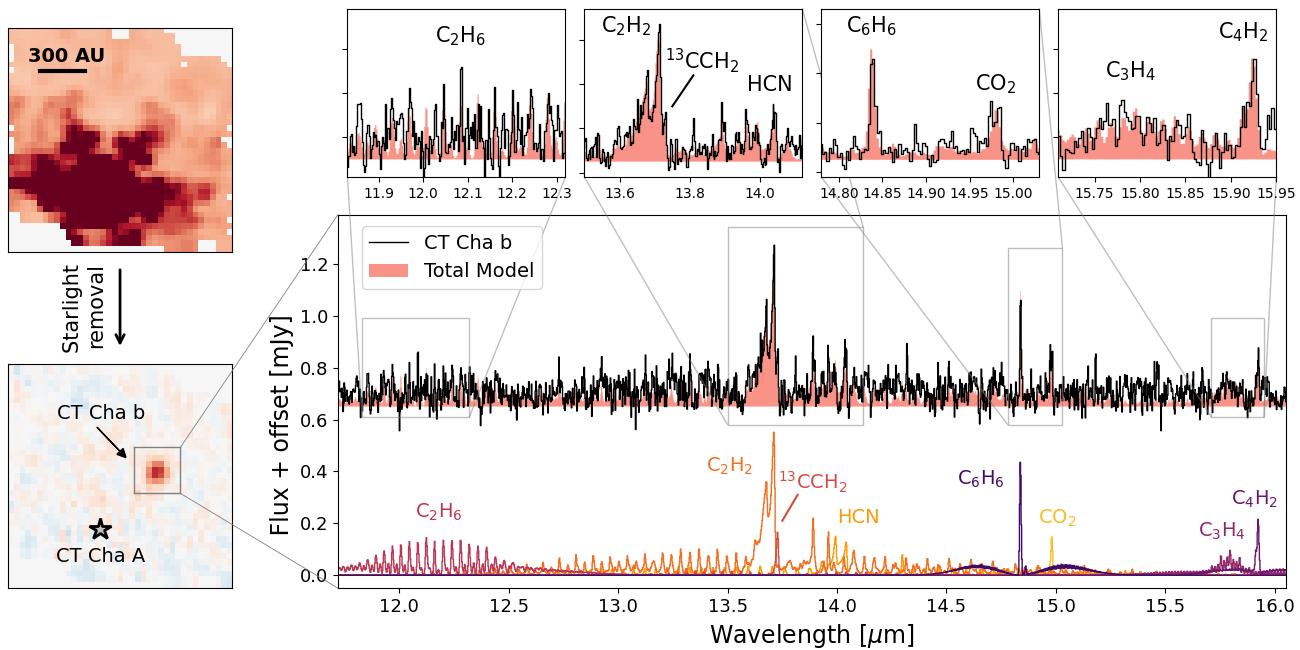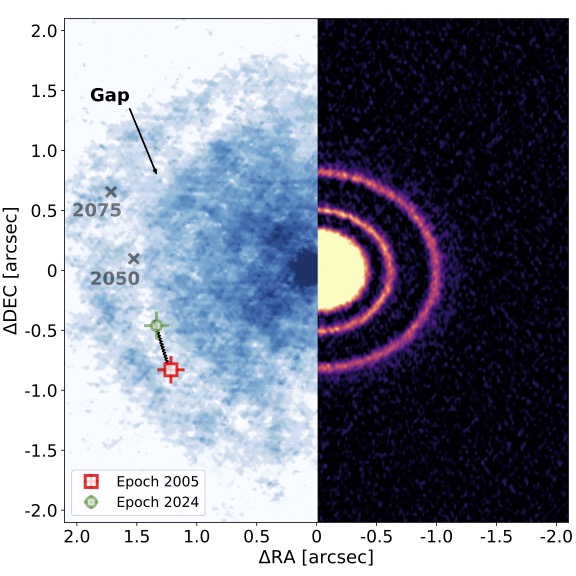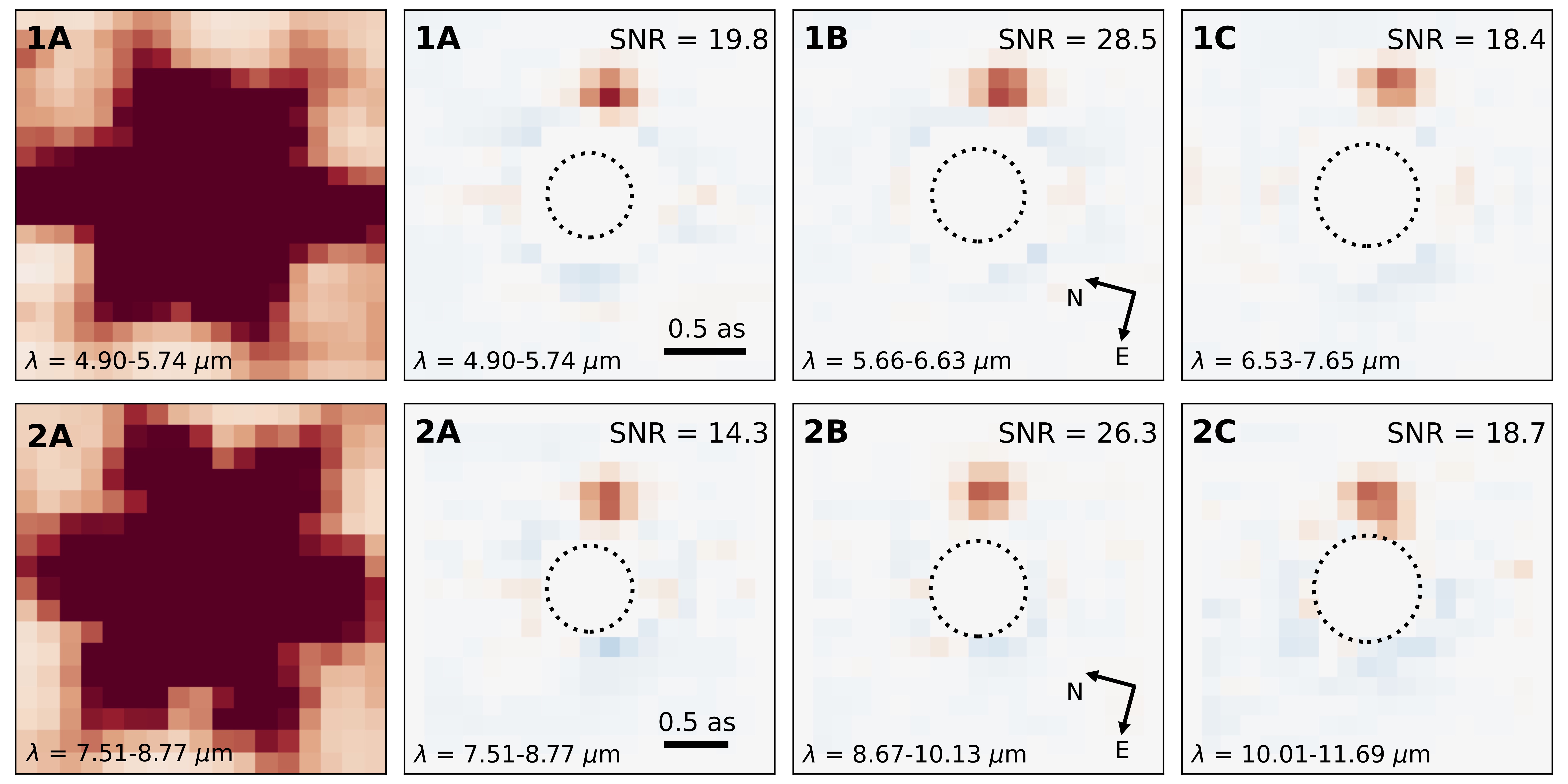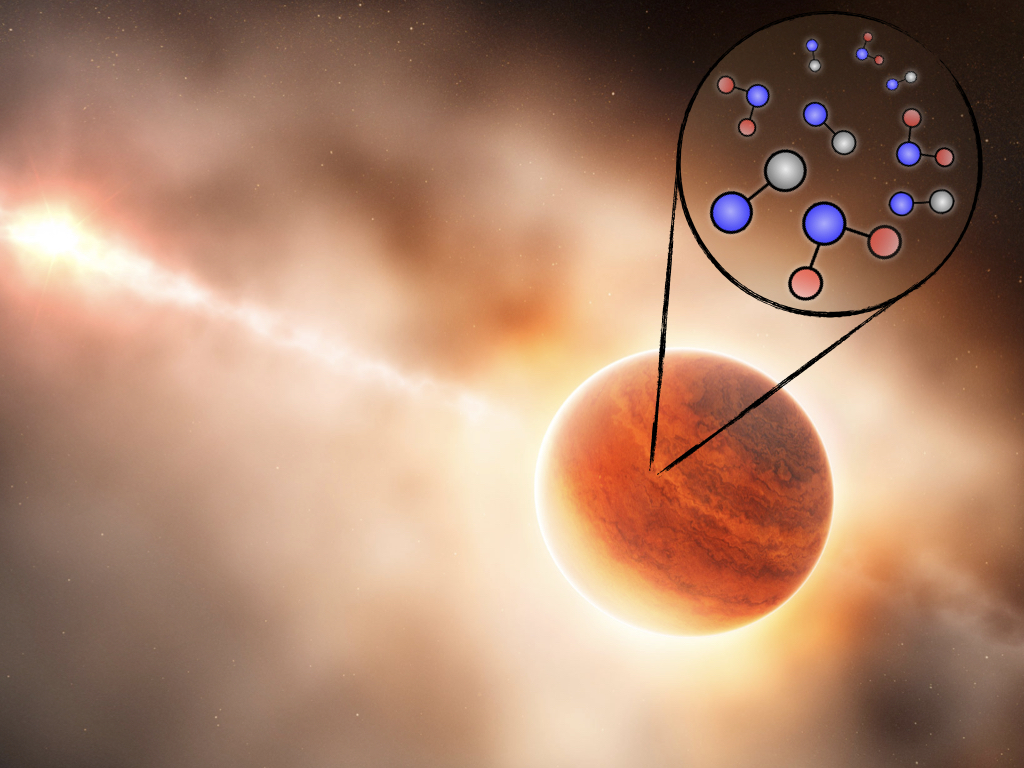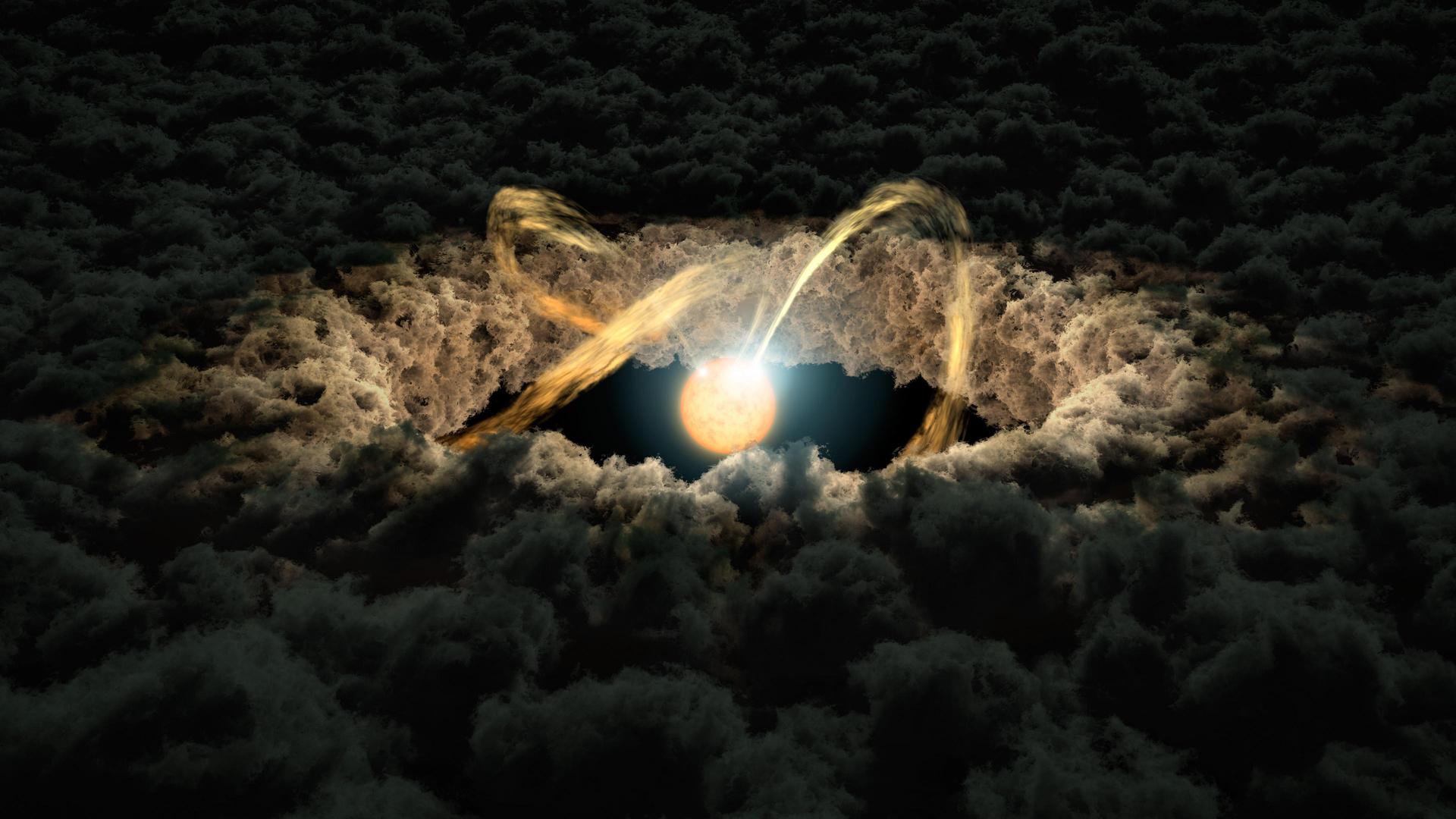I explore how planets and moons are born. My current work focuses on circumplanetary disks (CPDs)—tiny disks of gas and dust that swirl around young giant planets. These disks are not only the cradles of moon formation, but they also shape the final outcome of planet formation itself. With the James Webb Space Telescope (JWST), we can now peek into these hidden worlds for the first time, revealing their chemistry and physics in incredible detail. I lead this exploration through three JWST programs totaling over 70 hours of observing time that will be executed during Cycle 4.
I’m also fascinated by catching planets in the act of forming. Using telescopes both on the ground and in space—JWST, Hubble, ALMA, and the VLT—I search for newborn planets as they emerge from the clouds of their birth. Soon, with the Extremely Large Telescope (ELT), I’ll be able to push these discoveries even further, bringing us closer than ever to understanding how planets and moons come to life.
Please find an introduction to some of my latest projects below.
